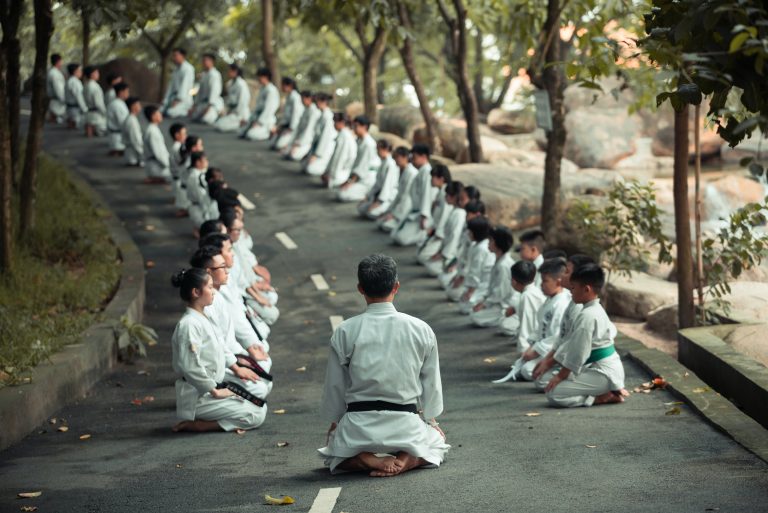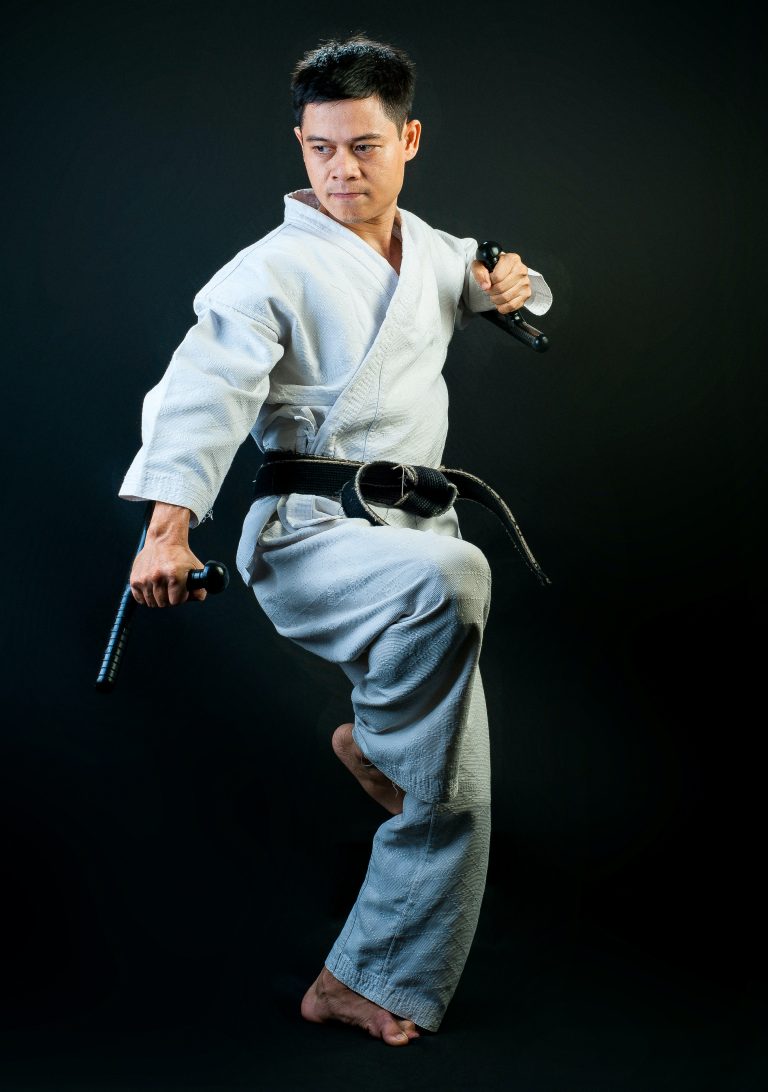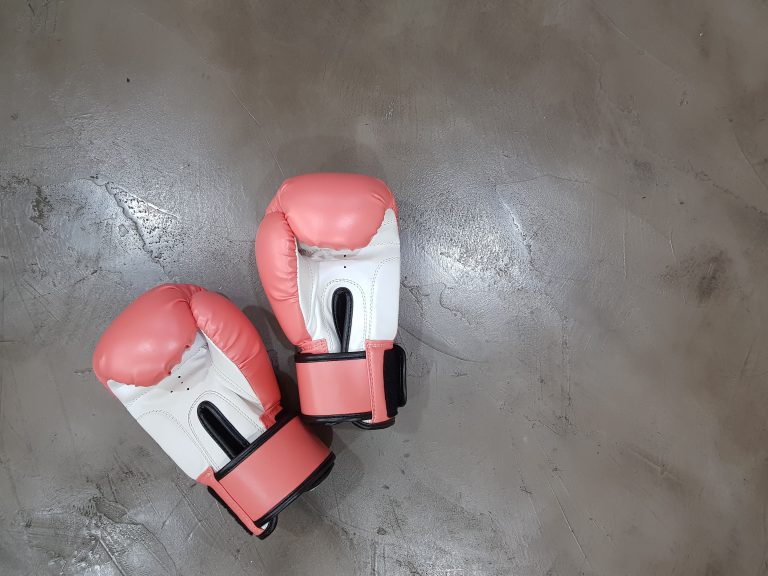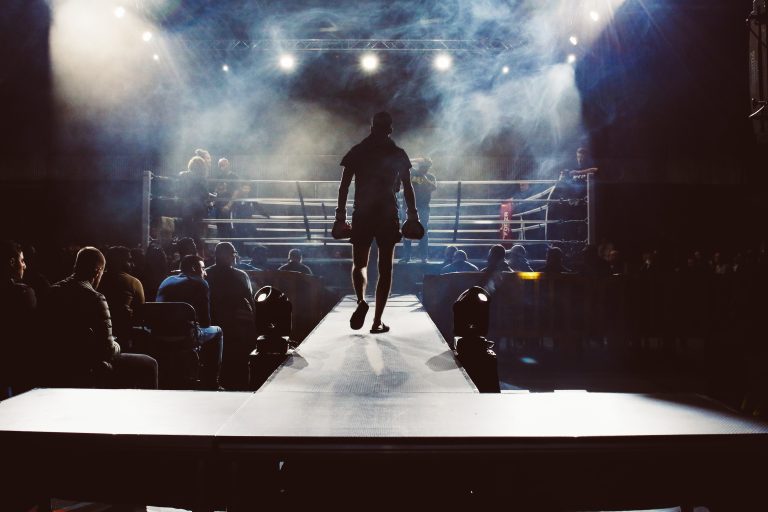Karate: What Are the Most Popular Martial Arts Forms?
The popularity of martial arts has grown around the world in recent decades, inspiring millions of practitioners to explore the ancient practice of self-defense. Karate remains one of the most popular disciplines, and encompasses a variety of forms. Each offers unique benefits to its participants and can be used to develop valuable skills, such as self-discipline, concentration, and functional strength. To understand the fundamentals of karate, it is helpful to explore the most popular forms and their distinguishing characteristics.
What is Karate?
Karate is a martial art form that originated in Okinawa, Japan, and is widely practiced as an exercise and form of self-defense. It typically has two components: Kihon, the building blocks of technique, and Kumite, practical application and sparring with an opponent. Depending on the style of karate, techniques may follow kata (set patterns) or can be a more open style influenced by both the traditional methods and modern competition. In addition to traditional Japanese karate, there are also numerous regional styles with distinctive techniques and applications.
The Most Popular Forms of Karate
The popularity of karate as a martial art has spread over the years, leading to the development of several influential forms. Here are the five most common styles currently practiced worldwide:
Shotokan Karate
The Shotokan style of karate is one of the oldest and most popular forms. It was developed in the early 20th century by Gichin Funakoshi, who exported karate from Okinawa to mainland Japan for the first time. Shotokan emphasizes linear techniques, with powerful strikes and blocks being utilized in kata and sparring. Classes typically involve both kihon and kumite drills to develop strong basic techniques.
Goju Ryu Karate
Goju Ryu karate is a style that focuses on well-balanced kata and deep breathing techniques. It places equal importance on hard strikes (“go”) and softer circular blocks (“ju”). The vision of its founder Chojun Miyagi was to create a style that combined the best elements of both traditional Okinawan schools: Naha-te and Shuri-te.
Kyokushin Karate
Kyokushin (“ultimate truth”) is a Japanese style of karate that was developed in the 1950s by Masutatsu Oyama. It emphasizes powerful strikes and knockouts in sparring matches and places high importance on physical fitness and strength. Training includes activities such as calisthenics, sandbag training, and weight lifting.
Wado-Ryu Karate
Wado-Ryu takes elements from both Shotokan and Goju Ryu, creating a hybrid style focused on circular blocking and evasion techniques. This style was created by Hironori Ohtsuka in 1938, as an attempt to “humanize” martial arts by emphasizing nature’s peaceful elements, such as harmony and flow. In addition to physical techniques, Wado-Ryu also has an emphasis on cultivating a peaceful and spiritual side to karate.
Shito-Ryu Karate
Shito-Ryu is one of the oldest and most popular forms of Japanese karatedo. It is known for its excellent balance between hard and soft techniques, with punches, kicks, locks, and throws all being equally prominent in training. Its founder Kenwa Mabuni blended elements of both Shuri-te and Naha-te in his style, making it an ideal option for practitioners who want to train in all aspects of traditional Okinawan karate.
Common Benefits of Practicing Karate
Practicing karate can offer numerous physical and mental benefits for participants of any age or level. Some of the most common ones include:
- Physical Strength: Karate training typically involves drills that strengthen muscles, improve flexibility, and increase stamina.
- Fitness: Regular practice leads to improved digestion, circulation, metabolism, and general health.
- Balance: Karate requires balance when performing certain movements and can help improve coordination.
- Concentration: Learning to understand and perform kata helps increase focus and concentration.
- Self-Discipline: Strict rules are usually enforced when training in a dojo and can lead to greater discipline in everyday life.
Tips for Choosing a Karate Style
When selecting a martial art style that is suitable for your needs and interests, there are a few things to consider:
- Goals: Determine what type of physical activity you are looking for (self-defense or fitness) and consider styles that offer the best chances at achieving these.
- Background: Research each style’s origin story and look into their individual distinguishing qualities.
- Instructor: Find an experienced teacher that can help you understand the basics and answer any questions along the way.
Once you have chosen a style that is right for you, it is important to show commitment to your practice. Building up your skills requires dedication and dedication requires practice. Cumulative effort will lead to long-term progress regardless of which martial art form you choose. Whether you are a beginner or an experienced student, developing your knowledge and understanding will help you progress in the martial art of your choice.
Conclusion
Karate provides numerous physical and mental benefits for practitioners of any age or skill level. By exploring the various forms available — from Shotokan to Shito-Ryu — you can find the style that is most suitable for your individual goals. Dedication to your practice will ensure successful progress over time in your chosen form of karate.
Note: This blog post was originally published on Dojo101.
Karate: What Are the Most Popular Martial Arts Forms?
Martial arts has become an essential part of people’s lives. It is not just about self-defense; it’s about discipline, focus, and perseverance. Karate, in particular, has gained massive popularity over the last few decades.
Karate originated in Japan and is one of the oldest and most popular martial arts forms worldwide. There is a vast range of karate styles, and each style has its own unique techniques and principles. In this blog post, we will answer a few frequently asked questions about karate and its most popular martial arts forms.
1. What is Karate?
Karate is a martial arts form that has been developed from traditional Japanese fighting methods. The word „Karate“ itself means „empty hand“ in Japanese. It involves a set of striking techniques, kicks, punches, and open-handed techniques. Karate is a full-body workout that helps improve flexibility, speed, and strength while also refining mental focus.
2. What are the different styles of Karate?
There are several different styles of Karate, some of which include:
Shotokan Karate:
Shotokan karate is one of the most popular martial arts forms of karate in the world. It was founded by Gichin Funakoshi, a Japanese martial arts master, in 1936. Shotokan karate is known for its strong and straight-line techniques, emphasizing speed and power.
Goju-Ryu Karate:
Goju-Ryu karate is another popular martial arts form of karate that originated from Japan. It was founded by Chojun Miyagi, who combined Chinese martial arts with traditional Okinawan karate. Goju-Ryu karate is known for its circular movements, and strong, close-range techniques.
Wado-Ryu Karate:
Wado-Ryu karate is a martial arts style that combines elements of karate with elements of jujitsu. It was founded by Hironori Ohtsuka in the late 1930s. Wado-Ryu karate is known for its emphasis on body shifting and evading moves, making it suitable for self-defense.
3. Is Karate suitable for kids?
Karate can be an excellent physical activity for kids, as it helps improve their physical health, develop focus, and concentration. It also teaches them the importance of discipline, respect, and self-control. However, it is important to enroll your child in a reputable martial arts school, where they have trained and experienced instructors.
4. What are the benefits of practicing Karate?
The benefits of practicing karate are vast, some of which include:
Physical Health Benefits: Karate is an excellent form of exercise that helps improve overall physical health by increasing flexibility, agility, and strength.
Mental Health Benefits: Karate teaches self-discipline, patience, and concentration. It helps reduce stress and anxiety, increases self-esteem, and self-confidence.
Social Benefits: Karate helps improve social skills, builds meaningful relationships, and teaches teamwork and leadership skills.
5. What should I look for in a Karate school?
When looking for a karate school, it is essential to consider their instructors. Look for registered, reputable schools with qualified and experienced instructors who are skilled in teaching karate. The school should have a structured curriculum, and classes should be age-appropriate. They should also have an emphasis on safety and proper equipment.
6. How long does it take to master Karate?
Mastery of karate is a life-long process that requires dedication, hard work, and patience. However, with regular and consistent practice, it takes approximately 3-5 years to earn a black belt in karate.
7. What gear do I need for Karate?
The essential gear required for karate includes a karate uniform (gi), protective gear such as headgear, mouthguard, and gloves. Some schools may also require specific shoes, such as Karate slippers.
Conclusion
Karate is one of the most popular martial arts forms worldwide, and it has a massive range of styles that students can choose from. Practicing Karate helps improve physical and mental fitness, concentration, and self-discipline. Before choosing a karate school, it is essential to research the school’s expectations and instructor credentials to ensure a safe and beneficial learning environment.
Inhaltsverzeichnis






